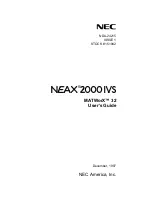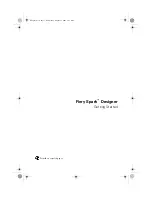
</TopSeller>
<TopSeller>
<ASIN>1400062586</ASIN>
<Title>You're Wearing That? : Understanding Mothers and Daughters in Conver
sation</Title>
</TopSeller>
You might wonder where you can get the browse node ID of an item so that you can find the top sellers
in the browse node. The easiest way to return browse node IDs is to use the
BrowseNodes
response
group with
ItemLookup
,
ItemSearch
, or
SimilarityLookup
, as shown.
http://webservices.amazon.com/onca/xml?
Service=AWSECommerceService&
AWSAccessKeyId=
[AWS Access Key ID]
&
Operation=ItemLookup&
ItemId=B00008OE6I&
ResponseGroup=Browsenodes
&Timestamp=[YYYY-MM-DDThh:mm:ssZ]
&Signature=[Request Signature]
The following is a small portion of the full response.
<Item>
<ASIN>B000002ADT</ASIN>n
<BrowseNodes>
<BrowseNode>
<BrowseNodeId>63926</BrowseNodeId>
<Name>General</Name>
This response provides the browse node ID and name with which the ASIN, B000002ADT, is associated.
Alternately, you can look in the Product Advertising API Developer Guide for a list of the top level browse
node IDs.
Generalizing the Top Seller
Sometimes you might like to return the best sellers in the root browse node. For example, if a customer
is buying a camera, you might assume that the person is interested other electronic items. In this case,
you use the
BrowseNodeLookup
operation. Its default response group is
BrowseNodes
. For example,
the following request searches for DVD comedies.
http://webservices.amazon.com/onca/xml?
Service=AWSECommerceService&
AWSAccessKeyId=
[AWS Access Key ID]
&
Operation=BrowseNodeLookup&
BrowseNodeId=163357
&Timestamp=[YYYY-MM-DDThh:mm:ssZ]
&Signature=[Request Signature]
The response, part of which follows, includes the browse node IDs of the specified browse node's parent
and child browse nodes.
<BrowseNode>
<BrowseNodeId>163357</BrowseNodeId>
API Version 2011-08-01
120
Product Advertising API Developer Guide
Top Sellers
















































